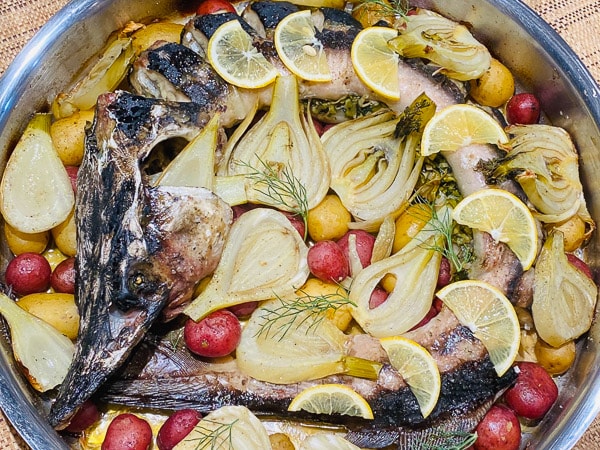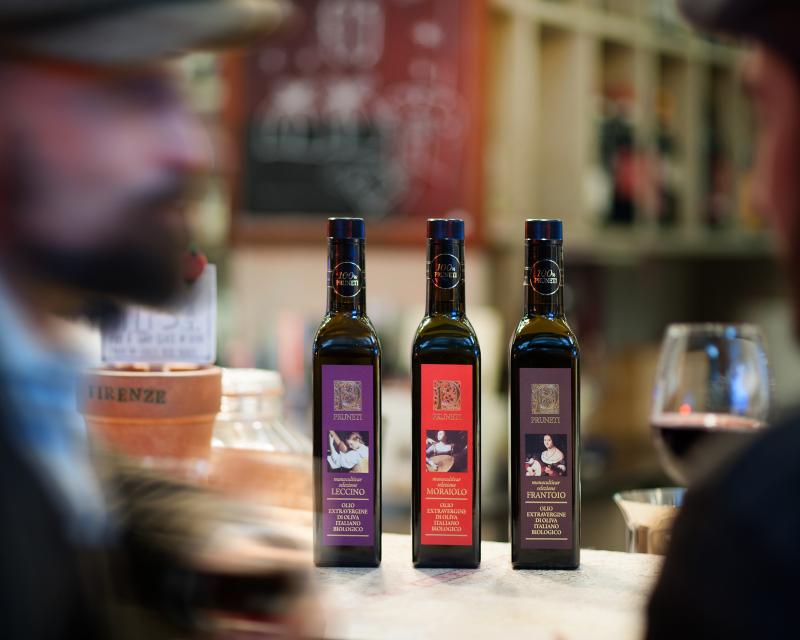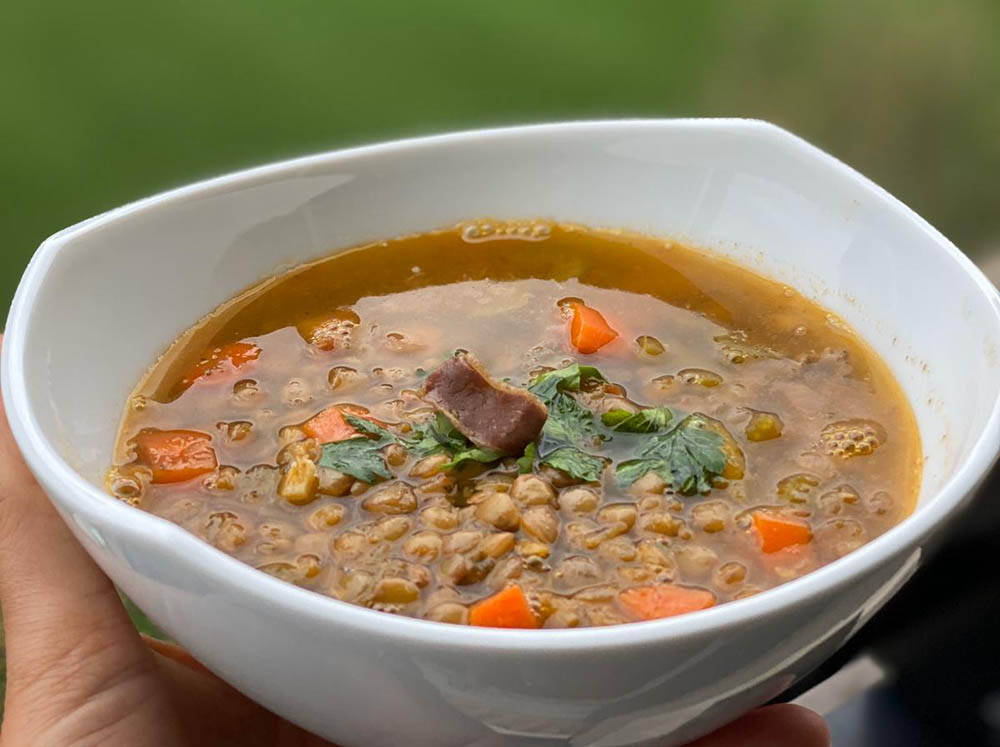Rillettes - A Delicious and Versatile French Meat Spread
Rillettes are a delicious and versatile French meat spread that can be enjoyed on toast, with crackers, or even as a main course. There are many different variations of rillettes, but all of them share some common characteristics - they are made with pork, duck, or goose meat, and they are usually cooked in fat until it becomes shredded or spreadable. In this blog post, we will explore the history and origins of rillettes, as well as give you some recipes for making your rillettes at home!
What is Rillettes?
Rillettes is a dish traditionally made with pork, but it can also be made with chicken, duck, or fish. The meat is shredded and mixed with fat and spices, then cooked slowly until it is very tender. Rillettes is typically served on bread or crackers as an appetizer. Similar to confit, rillettes include seasoning meat, submerging it in fat, and cooking it over an extended time at a very low temperature. The meat is torn and placed in fat-covered sterile containers.
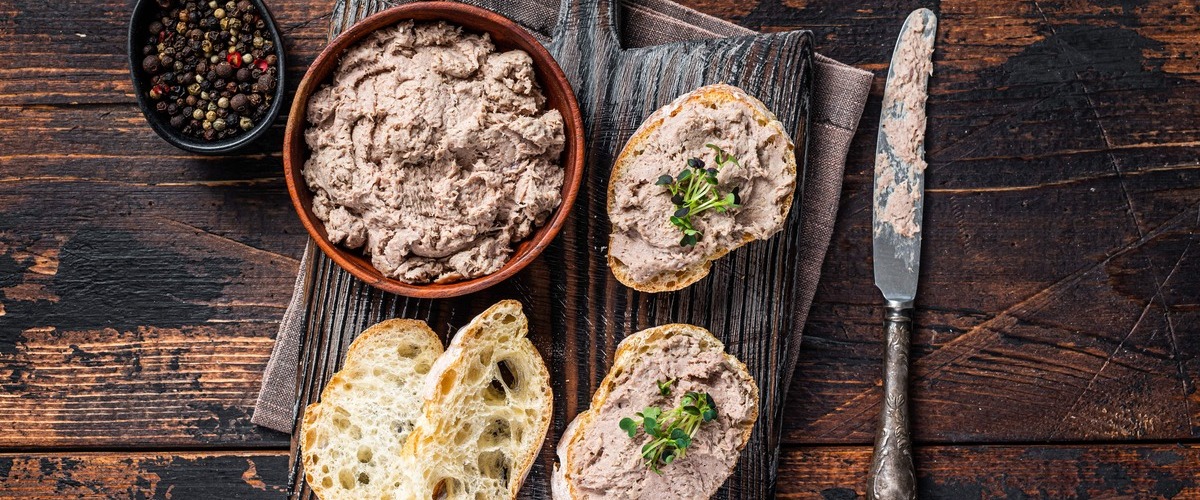
Rillettes has a rich, fatty flavor that is offset by a touch of acidity. The texture is smooth and creamy, with a slight graininess from the shredded meat. There is also a hint of smokiness from the cooking process. Overall, rillettes is an intensely flavorful experience that is sure to satisfy anyone's hunger.
History and Origin of Rillettes
Rillettes are a type of Pâté, originating from the French region of Brittany. The dish is made by slowly cooking meat (usual pork) in fat, shredding it, and then blending it with the rendered fat. This mixture is then typically refrigerated and served cold, spread on bread.
The exact origin of rillettes is unknown, but the dish is thought to date back to the Middle Ages. It was likely created as a way to preserve meat, as the fat used in the dish served as a barrier against spoilage. In Brittany, pork was (and still is) a popular choice of meat for rillettes, as the region has a long history of pork production.
Today, rillettes are enjoyed as a starter or appetizer, often served with a glass of wine. They can be found in many supermarkets and specialty food stores, as well as online. If you’re feeling adventurous, you can even try making your rillettes at home!
Differences between Pâté & Rillettes
Pâté and rillettes are two French preparations that are often confused. Pâté is made of ground or minced meat, whereas rillettes consists of shredded meat that is cooked in fat until it is very tender. The shredded meat in rillettes is usually pork, but it can also be made with chicken or duck. Pâté is typically made with liver, but can also be made with other meats such as pork or venison. Pâté is smooth and spreadable, while rillettes is chunky and dense. Pâté is typically served cold or at room temperature, while rillettes is usually served warm.
Pâté can be made at home, but it can also be bought ready-made from the supermarket. Rillettes, on the other hand, are not as easy to find outside of France and so are usually made at home. If you're ever in France, be sure to try both Pâté and rillettes! Bon appetit!
Rillettes de Porc
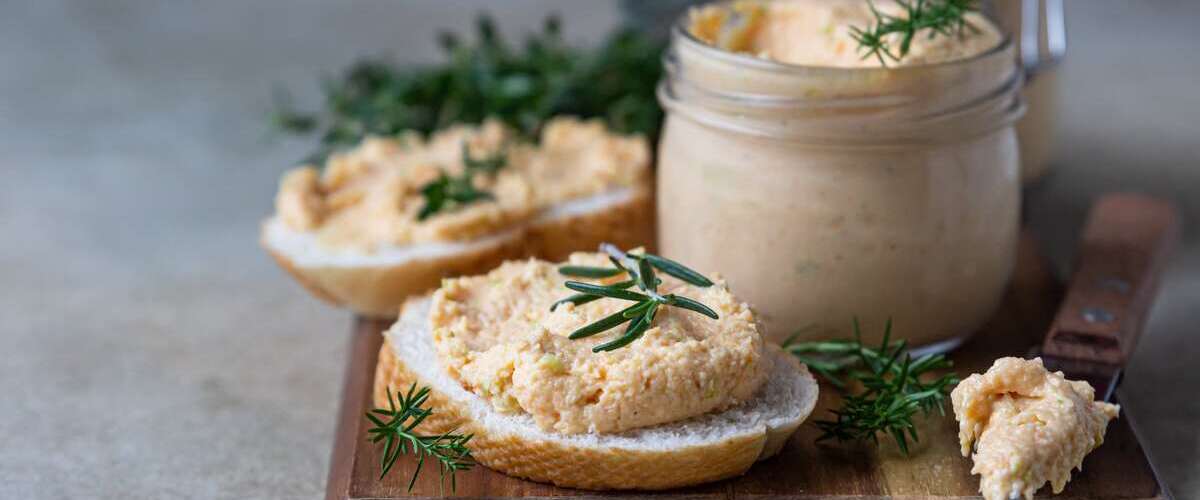
Ingredients:
-500g pork belly
-250g pork shoulder
-100g fatty pork (or bacon)
-Thyme
-Bay leaves
-Garlic cloves
-Peppercorns
-Salt
Instructions:
- Cut the pork belly and shoulder into small chunks. Cut the fatty pork into thin strips.
- Place the pork belly, shoulder, and fatty pork in a large saucepan or casserole dish. Add the thyme, bay leaves, garlic cloves, and peppercorns. Bring to a boil and then cover with cold water.
- Reduce the heat and simmer for two hours, skimming off any foam that forms on the surface.
- After two hours, remove the pan from the heat and let it cool slightly. Remove the meat from the pan and shred it with a fork or chop it into small pieces.
- Place the shredded meat in a bowl and add salt to taste. Mix well and serve with crusty bread and pickles. Enjoy!
Rillettes is a delicious and flavorful dish that is perfect for any occasion. Whether you are looking for a starter or an appetizer, rillettes are sure to satisfy your hunger. If you are ever in France, be sure to try this traditional dish! Bon appetit! Learn about the 6 best pig meats and why they are super special.




